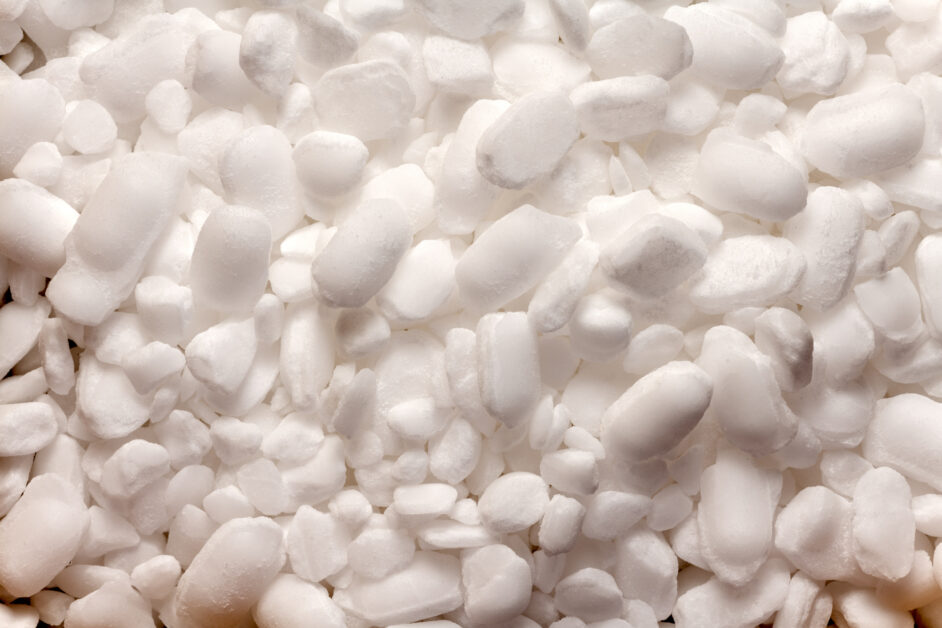While hard water is generally safe to use, the minerals and metals inside can wreak havoc on your appliances. You can ensure the longevity of your appliances by using a water softener that actively removes the minerals, metals and other sediment from the water. This can prevent buildup in pipes, sinks, wall tiles, spotting on dishes, and can even make your laundry brighter.
Getting a water softener system is always a good call, but that’s just the beginning. While a water softener system protects your appliances from the damage sediment can cause, it doesn’t protect itself. It will wear down over time, which is why you need to make sure you keep your system in top shape. Read more to learn the proper steps for home water softener system maintenance.
Maintain the Tank
The most powerful ingredient in the water softening process is salt. At least once a month, you need to make sure your salt level is at least half full with three inches over the water level. Take note of what kind of salt you’re using. More expensive salt will increase your system’s efficiency, but you need to weigh the cost benefit yourself. The cheaper you go, the more often you’ll have to clean your tank.
Salt can also build up in your tank, creating solid clumps that the water won’t mix with. Sometimes it’ll create a bridge across the tank preventing any salt above it from mixing with the water. You can use a broom handle or another long object to break it apart. Hot water will make it easier. Sometimes, salt builds up at the bottom of the tank. The best way to treat this is to scoop the clumped salt, dissolve it in hot water and put it back in the tank.
Clean the Tank
If you’ve done everything described so far and your water is still hard, it’s time for a deep cleaning. The average water softener system only requires a full cleaning every five to ten years, so don’t worry about this becoming a regular thing. However, sometimes you may have to clean it every year or two depending on how old your system is.
First, empty the tank completely and be mindful of salt’s tendency to ruin soil and harm plants. Take the brine grid off the base of the tank and set it aside. Next, use dish soap to scrub the entire interior of the tank. Mixing it in with about 4-8 liters of water should do the trick. Rinse it out, then fill it with about 2-3 gallons of bleach. After 15 minutes or so of sanitization, rinse it out. After that, simply refill the tank with water and salt, and it should be good to go.
Extra Tweaks
The above steps will likely take care of any serious problems you may be having, but there are still other things to check if you want your tank to be in the best possible condition. Make sure your valves are in working order. It’s a good idea to give them a little work out about once a month. Twist the valves off then on again. The movement helps keep them in working condition and allows you to notice any valve leaks. The valve between the brine tank and resin tank can also become dirty over time. Clean it about twice a year. Just make sure you reduce the water pressure before you take the valve apart.
Water softener cleaner is also an option, which is really easy to use. All you have to do is buy the cleaning solution and pour it into your brine tank. If the water going into your system is particularly difficult, you can always buy maximum strength or get an attachment that automatically applies cleaner for you.
Learn More with EcoWater Systems
If you need help with any of your water-related needs, EcoWater Systems is happy to lend a hand. We proudly serve Las Vegas and the surrounding areas, so if you have questions about home water softener system maintenance or if you want to get your hands on a new one, don’t hesitate to contact us to learn more. Remember EcoWater Systems is here for all your water needs!

